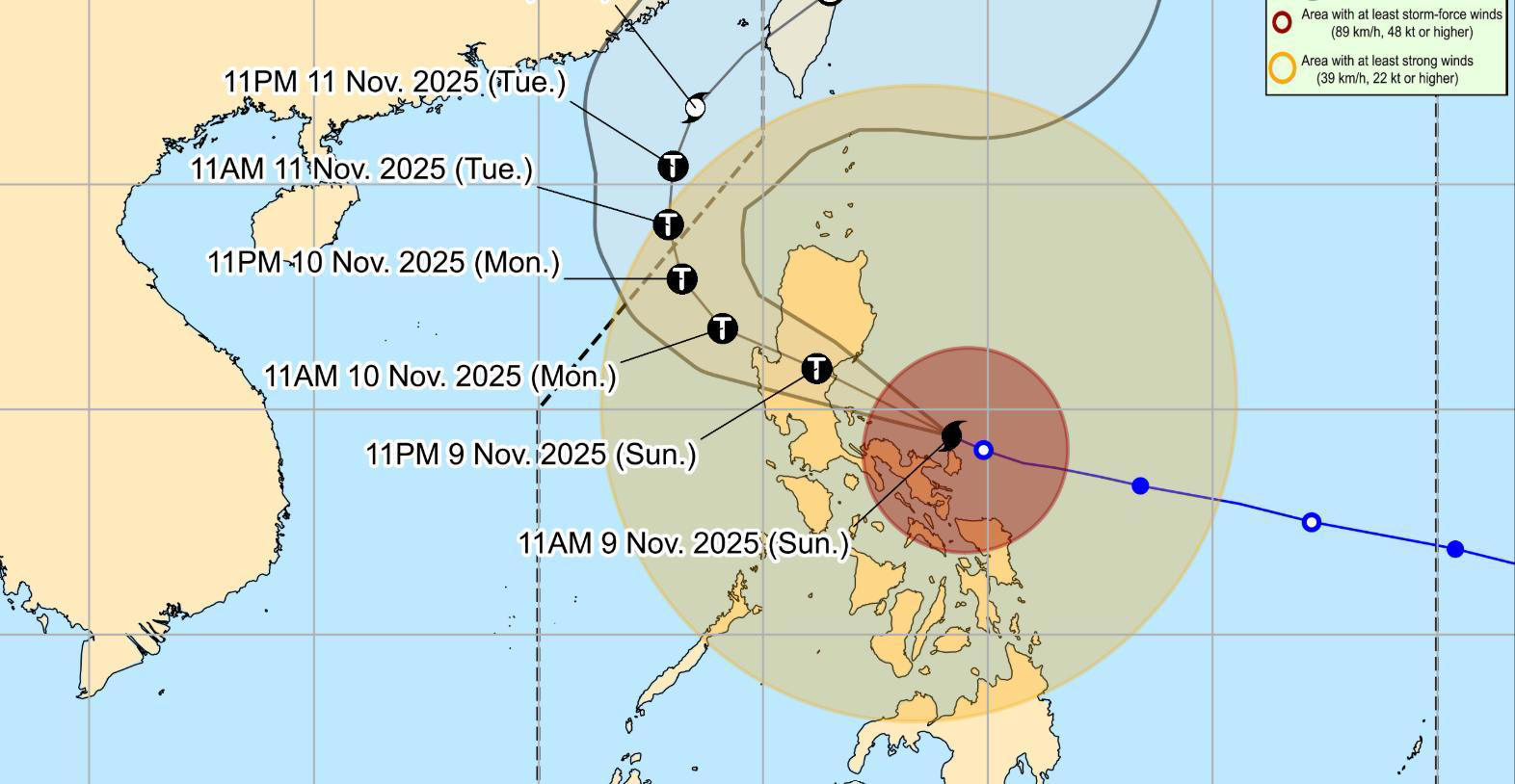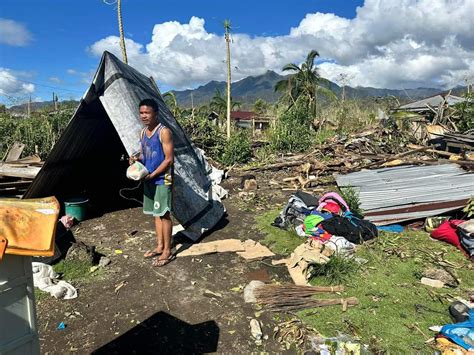
Philippines Braces for Super Typhoon Uwan
Super Typhoon Uwan Threatens Devastated Philippines
The Philippines is preparing for a catastrophic impact as Super Typhoon Uwan (international name: Fung-wong) intensifies, bringing dangerous winds and torrential rain to a nation still reeling from last week's deadly Typhoon Kalmaegi. With wind speeds reaching 185 km/h (115 mph) and gusts up to 230 km/h (143 mph), the storm has been upgraded to a super typhoon by the Philippine Atmospheric, Geophysical, and Astronomical Services Administration (PAGASA).
Over 900,000 people have been evacuated from coastal and low-lying areas, with the government declaring a nationwide state of calamity. The storm's massive 1,500 km span means nearly the entire country is at risk, from its eastern Bicol region to the capital Manila.
"People are a little shellshocked," said Butch Meily of the Philippine Disaster Resilience Foundation. "This is our fourth major typhoon in seven weeks, plus two earthquakes. We're getting ready, but this is starting to test our level of experience."

Evacuees take shelter in a sports center in Aurora province. Photo credit: AFP/Getty Images
Impact on Already Vulnerable Regions
Eastern Bicol province has already experienced extreme conditions, with Catanduanes island taking a "direct hit." Residents reported terrifying storm surges that sent water crashing over seawalls, while in Guinobatan, streets transformed into raging torrents. The storm's eye is expected to make landfall between Baler and Casiguran in Aurora province by Sunday evening.
Authorities are particularly concerned about severe flooding and landslides, with forecasts predicting over 200mm of rain in Metro Manila and eastern Luzon – equivalent to a month's rainfall in 24 hours. At least one death has been reported: a 64-year-old woman was killed when she returned to her home during the storm.
Disruption to Daily Life
- 300+ domestic and international flights canceled
- Schools across Luzon closed or moved online
- Power and communications infrastructure at risk
- Rescue operations for Kalmaegi victims suspended

Residents board up homes in Aurora province ahead of Uwan's landfall. Photo credit: Reuters
The Shadow of Kalmaegi
Uwan arrives just days after Typhoon Kalmaegi killed nearly 200 people and left communities in ruins. The slow-moving storm dumped unprecedented rainfall on central Cebu province, where waterways clogged by development exacerbated flooding. Most victims drowned in fast-moving mudslides.
"While I was there [Cebu], a 7.4 magnitude earthquake started shaking the building," Meily recalled. "After I left, they got hit by Typhoon Kalmaegi."
Climate Crisis and Future Threats
Scientists warn that climate change is intensifying Pacific typhoons. Record ocean temperatures – the highest in eight consecutive years – provide more energy for storms to strengthen. Warmer air also holds more moisture, leading to extreme rainfall events.
"In the past, we used to focus on where the storm would make landfall," Meily explained. "But now we have to consider the rain band because it's so wide in scope that areas far away are getting flooded."
For the Philippines, one of the world's most typhoon-vulnerable nations, this means adapting to a new reality of more frequent, powerful disasters. The government's corruption scandal involving flood control projects has further hampered resilience efforts.
What's Next
As Uweakens after landfall, it will still bring typhoon-force winds and heavy rain across Luzon. The government is urging remaining residents to evacuate immediately, with shelters providing food and essentials. Emergency resources are stretched thin after multiple consecutive disasters.
For the Filipino people, the message is clear: safety first. As one evacuee told reporters, "We decided to evacuate because the recent typhoon brought floods in our area, and now I just want to keep my family safe."
Share this article
Dr. David Chen
Science correspondent with a Ph.D. in astrophysics, passionate about making complex scientific discoveries accessible to all.